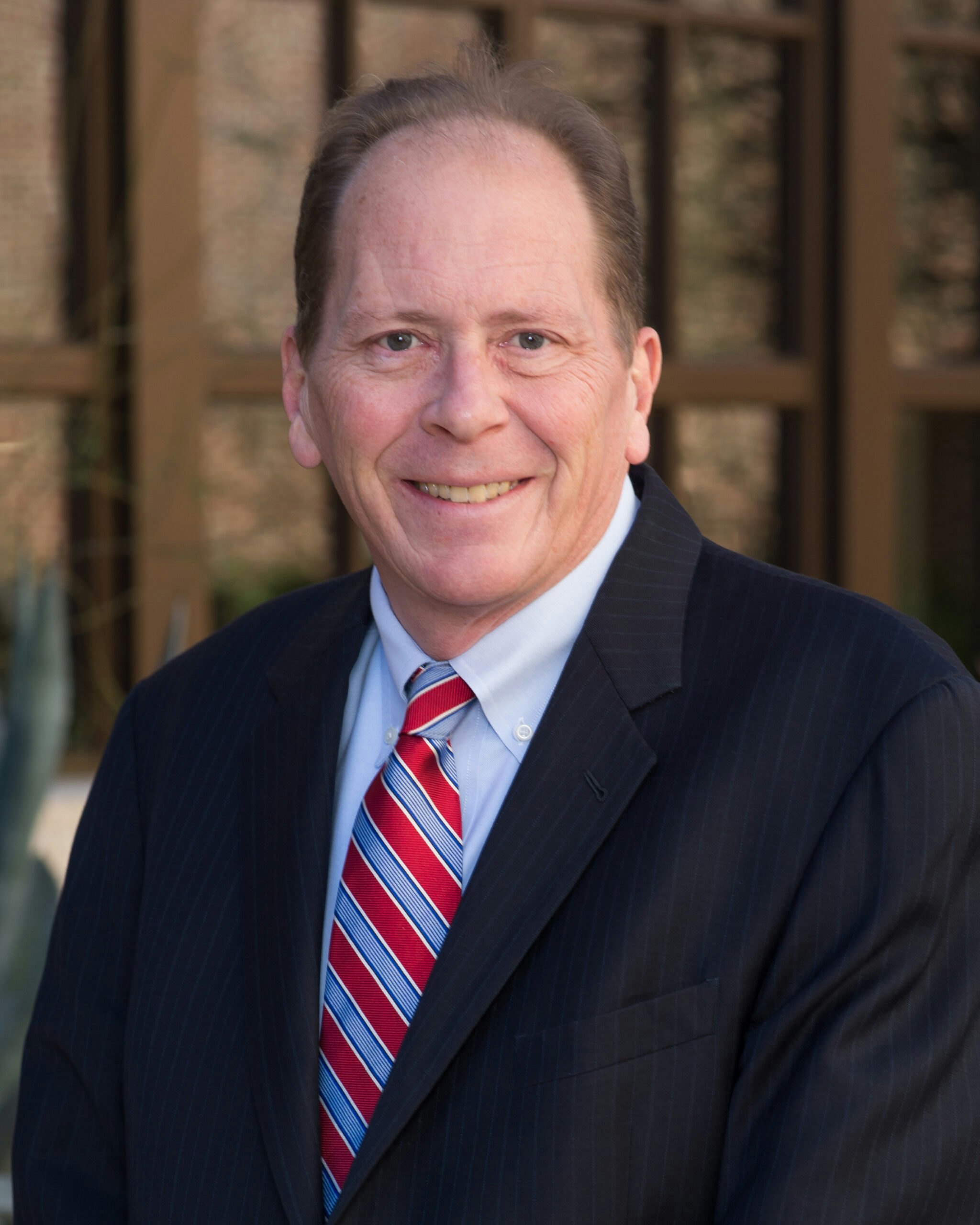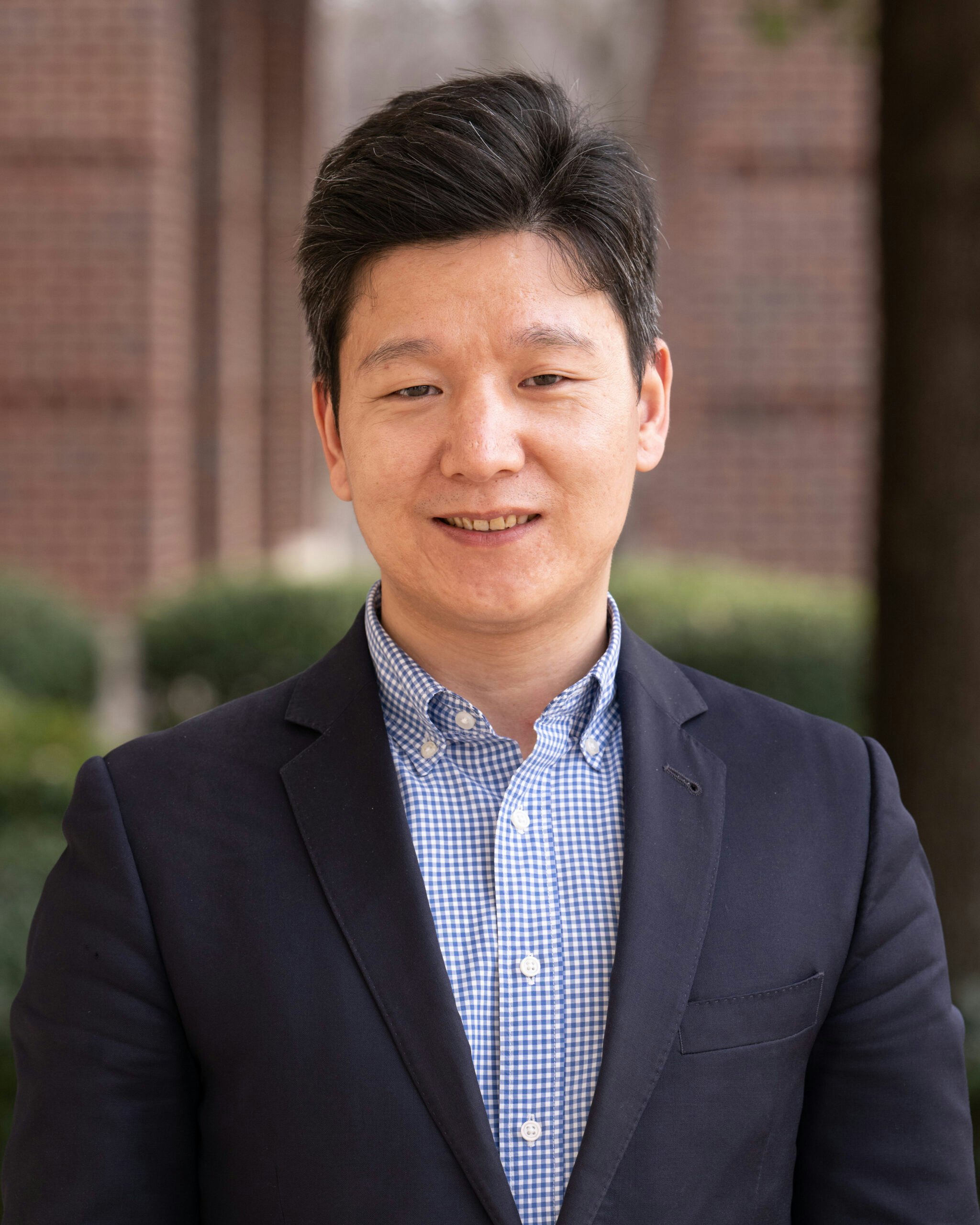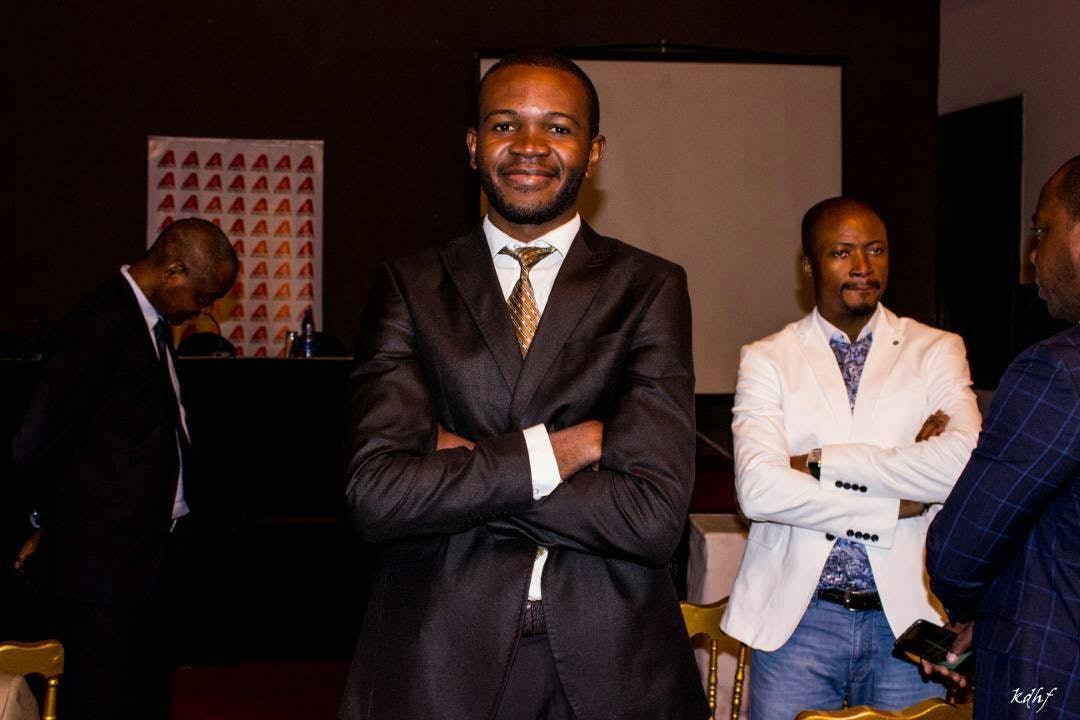Lindsay Lloyd, the Bradford M. Freeman Director of the Bush Institute's Human Freedom Initiative, and Chris Walsh, Senior Program Manager in the Human Freedom Initiative, prescribe how the U.S. can prevail in the Information Age.
Earlier this year, Freedom House reported on 14 consecutive years of declining political rights and civil liberties worldwide. This deterioration has been witnessed in both authoritarian regimes and stalwart democracies.
Meanwhile, authoritarian powers intensify their efforts to undermine free societies. Moscow uses comprehensive disinformation campaigns to erode confidence in democracy and manipulate citizens. Beijing seeks to supplant the liberal democratic order by coopting global institutions to serve interests that do not respect individual liberty or human rights.
Within this context, our Democracy Talks project explores issues of freedom and democracy by engaging political and business leaders, authors and writers, and democracy activists.
Most recently, we tackled the intersection of democracy and technology – identifying emerging threats and ideas in this ever-evolving digital ecosystem. Here are the issues and solutions that caught our eye:
Keep Government Engaged and Nimble
When it comes to how the federal government responds to technological threats to our democracy, we advocate keeping government engaged and nimble. Government needs to be and stay engaged in monitoring and exposing technological threats to our democracy.
The U.S. intelligence community has become better at identifying nascent threats. Former Homeland Security Secretaries Michael Chertoff and Jeh Johnson discussed how the department they once led has evolved and improved to counter the threat. They also pointed out that the threat to our elections includes three major vulnerabilities – disinformation and false narratives affecting the campaign, the potential for attacks on our electoral infrastructure like voter registries, and the threat to critical infrastructure more broadly, such as communications networks and the power grid.
Just as the Executive Branch is stepping up, so too must Congress. Legislators need to be fully informed and an equal partner in developing proactive and reactive responses to cyberthreats. The wide and fast-changing scope of threats demands a bipartisan, bicameral response from Capitol Hill. The fact that many cyberthreats are targeting a particular party or candidate has made it difficult for Congress to respond in a unified manner. Of course, this is precisely the aim of our adversaries – to foster divisions among Americans and their leaders.
And government at all levels needs to be nimble. Just as the threats are constantly evolving, so too must our responses. New bureaucracies and institutions may be needed, but leaders should take care to ensure that new structures aren’t addressing last year’s threats and challenges.
Don’t Go it Alone – Work with Allies and Partners
Cyberthreats to democracy do not originate in one country. Nor are they focused at one country alone.
An effective response depends on international cooperation, especially among the world’s democracies. In recent years, we have seen our adversaries use similar techniques and tactics against a long list of targets. Similar to the ongoing struggle against terrorism, this form of modern warfare has no respect for international boundaries and can be waged by private individuals and organizations, not just by national governments.
Coalition building matters. And more than ever, America needs a strong network of likeminded foreign partners. Formal alliances, like the U.S. partnerships with countries like Australia, Japan, and South Korea or multilateral structures like NATO, are essential to combat a threat that affects all democracies to varying degrees.
We have also seen a sharp increase in homegrown threats, as domestic actors are churning out disinformation at a rapid clip. Renee DiResta points out the cost of this increase, as foreign actors can move from the difficult task of creating believable content to the somewhat easier one of amplifying authentic – if misguided – American voices.
Here too, the American experience is not unique. The same trends are also on the rise in our international partners and allies. Working together will make identifying, preventing, and responding to cyberthreats far more effective.
Navigate Social Media Disinformation and Manipulation
Authoritarian governments in Russia, China, and elsewhere are undermining confidence in democracy via social media.
In recent years, these attacks have increasingly targeted our elections by spreading misinformation about election locations, candidates, and results. They also exploit existing political, religious, and racial tensions by spreading disinformation that further divides us.
While Secretaries Chertoff and Johnson are reticent about compromising free speech, they believe social media companies could more aggressively push back against these information operations, particularly those designed to interfere with our elections.
As such, we agree that social media companies should shut down content spreading misinformation about how, where, and when we vote. Additionally, they can more vigorously enforce their own terms of service against disseminating disinformation, strengthen internal infrastructure for identifying “fake news” and accounts, and further develop partnerships with firms that rate content for reliability and truthfulness.
Meanwhile, Jigsaw’s Scott Carpenter reminds us that social media can also be applied for the good of democracy as a tool for accessing information, coordinating voter registration, organizing peaceful protests, and promoting social justice. It all depends on how consumers (with the help of social media companies) navigate technology’s possibilities and pitfalls.
Strengthen our Resilience
Emerging technologies are becoming featured tools in the authoritarian arsenal to undermine democracy. This has raised fears over the budding threat of “deepfakes” that utilize artificial intelligence to create fabricated videos indistinguishable from authentic content.
In this new environment where we can’t believe everything we see and hear, free societies must develop greater media literacy. Former NATO Secretary General Anders Fogh Rasmussen suggests this starts with bolstering our education system in ways that infuse our children with the skills needed to distinguish truth from fiction. This includes foundational practices such as consulting multiple sources and perspectives to verify the information we consume.
Generally, it’s important for consumers to seek and absorb perspectives different from their own beliefs. In doing so, they develop a more comprehensive understanding of opposing viewpoints and can better distinguish mainstream positions from obvious fabrications.
We also encourage the work of organizations that help consumers by rating the credibility and trustworthiness of content. For example, companies like NewsGuard evaluate information sources and offer their seal of approval or labels that indicate the content is reputable, opinion, or outright fabrication. Deeper collaboration between these types of companies and social media platforms would undoubtedly help consumers identify what’s trustworthy and what’s not.





























